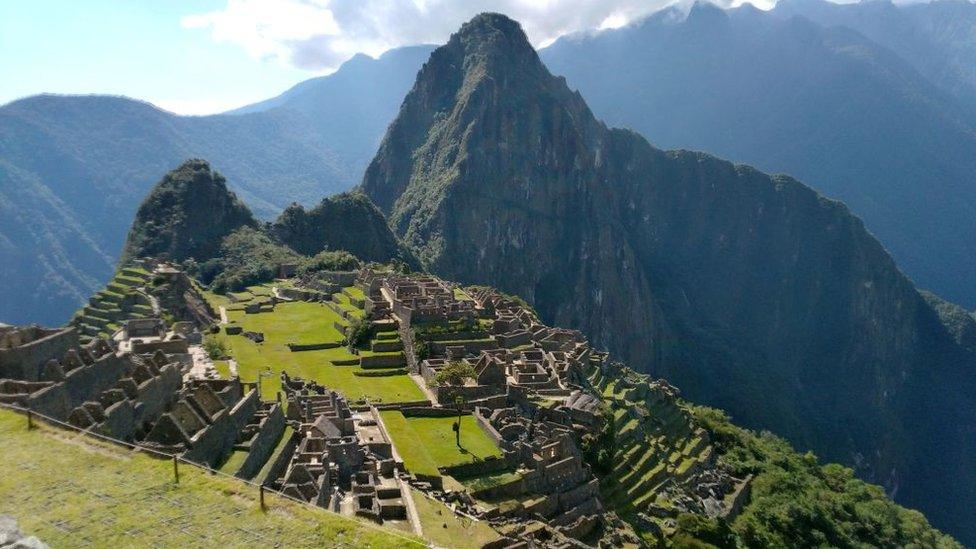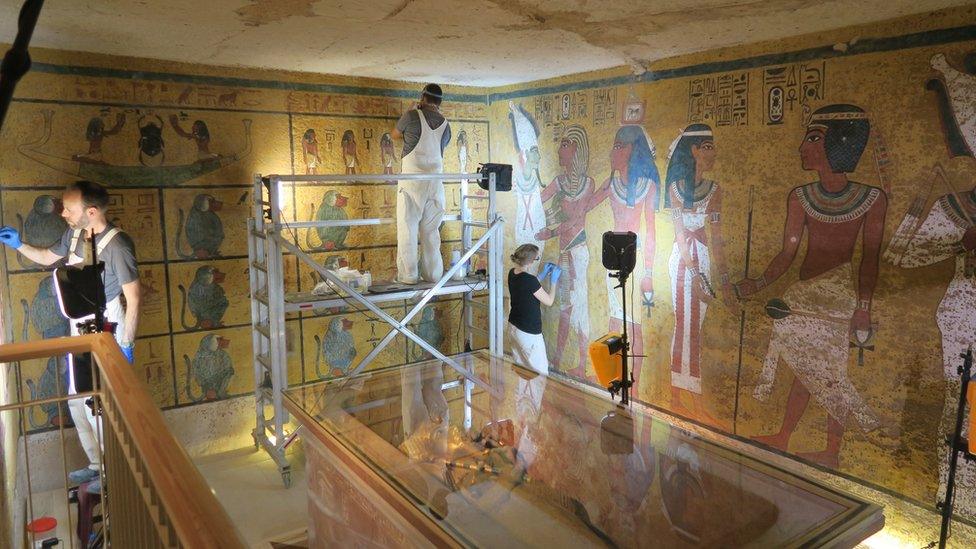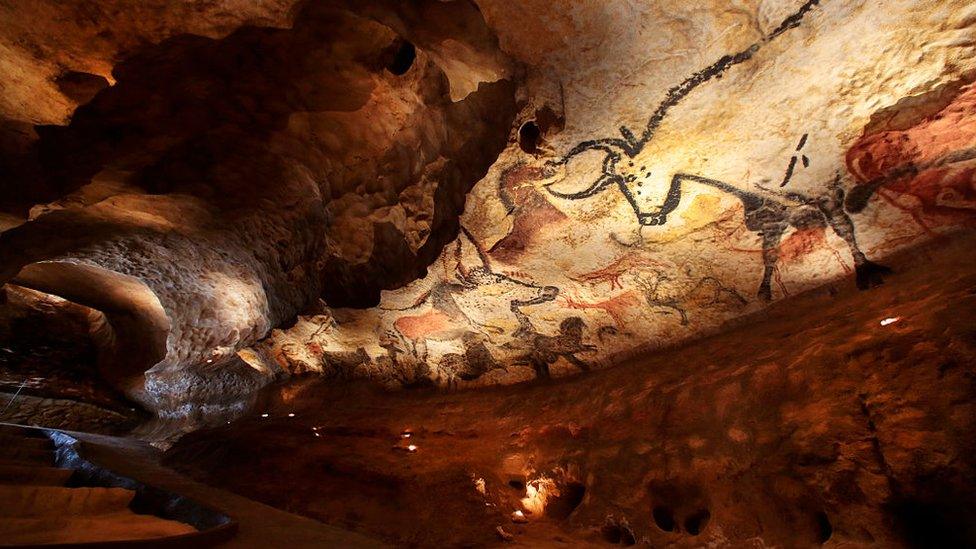Machu Picchu: How does tourism affect ancient sites and art?
- Published
- comments

More tourists will be allowed to visit the famous ancient city of Machu Picchu from next year.
From January the government in Peru will increase tickets per day from 3,800 to 4,500 and potentially to 5,600 on specific dates.
Machu Picchu's historic city ruins, built in the 1400s by the Inca Empire, are a protected UNESCO World Heritage site.
Currently around 2.2 million people have visited the site this year and some people have expressed concerns that allowing more tourists on the site could damage it.
Officials in Peru have said that the protection and conservation of the historic city is still their top priority.
Preserving places and items of historical interest from destruction can sometimes mean stopping the public from visiting or getting too near to them.
Here are some ancient tourist sites around the world that have taken action to prevent further damage to monuments, works of art and places of great historical importance.
King Tut's tomb

You might have heard of the ancient Egyptian King Tutankhamun at school, but did you know that his famous tomb went through a ten-year restoration to protect it from tourists?
Back in 2009 the Getty Conservation Institute began a project to carefully clean and restore the damage done to the tomb by visitors over the years.
From protection barriers and viewing platforms - to stop the scratches to paintings caused by people brushing past - to a new ventilation system to protect the paintings from humidity, dust and carbon dioxide from people's breath there has been plenty of work to repair King Tut's tomb.
The Egypt's government hope that the protective upgrades will mean visitors can enjoy the tomb for many years to come.
Lascaux Cave part deux

The Lascaux caves in Montignac, southwest France, are nicknamed the 'prehistoric Sistine Chapel'.
That's because they contain more than 600 paintings and carvings made by humans around 20,000 years ago.
The caves were first discovered in 1940 but by 1963 they had to be sealed off from the public, because carbon dioxide and humidity from the breath and sweat of visitors began to damage the paintings.
So as a solution, the French government spent $64 million (around £52 million) building a near perfect copy of the original cave - next door - for visitors to look at instead.
Mount Everest vs litter

The summit of the world's tallest mountain, Everest, is 8,848m above sea level
It's been described as the 'world's highest rubbish dump'.
That's because Mount Everest, the tallest mountain in the world, has a problem with climbers leaving their waste on the slopes - both rubbish and poo.
The mountain is currently home to three tonnes of climbers' rubbish, left by adventurers visiting the mountain. The waste includes tents and equipment as well as human waste from mountaineers who need to go to the loo while they're up there.
The rubbish is not just bad for the environment, but it could also spread disease for climbers on the mountain who use melted snow for drinking water.
The government in Nepal said it is working on a plan to scan and tag climbers' equipment. Climbers would pay a deposit of $4,000 (£3,100) before they go up the mountain - and risk not getting that money back if they return without their items.
